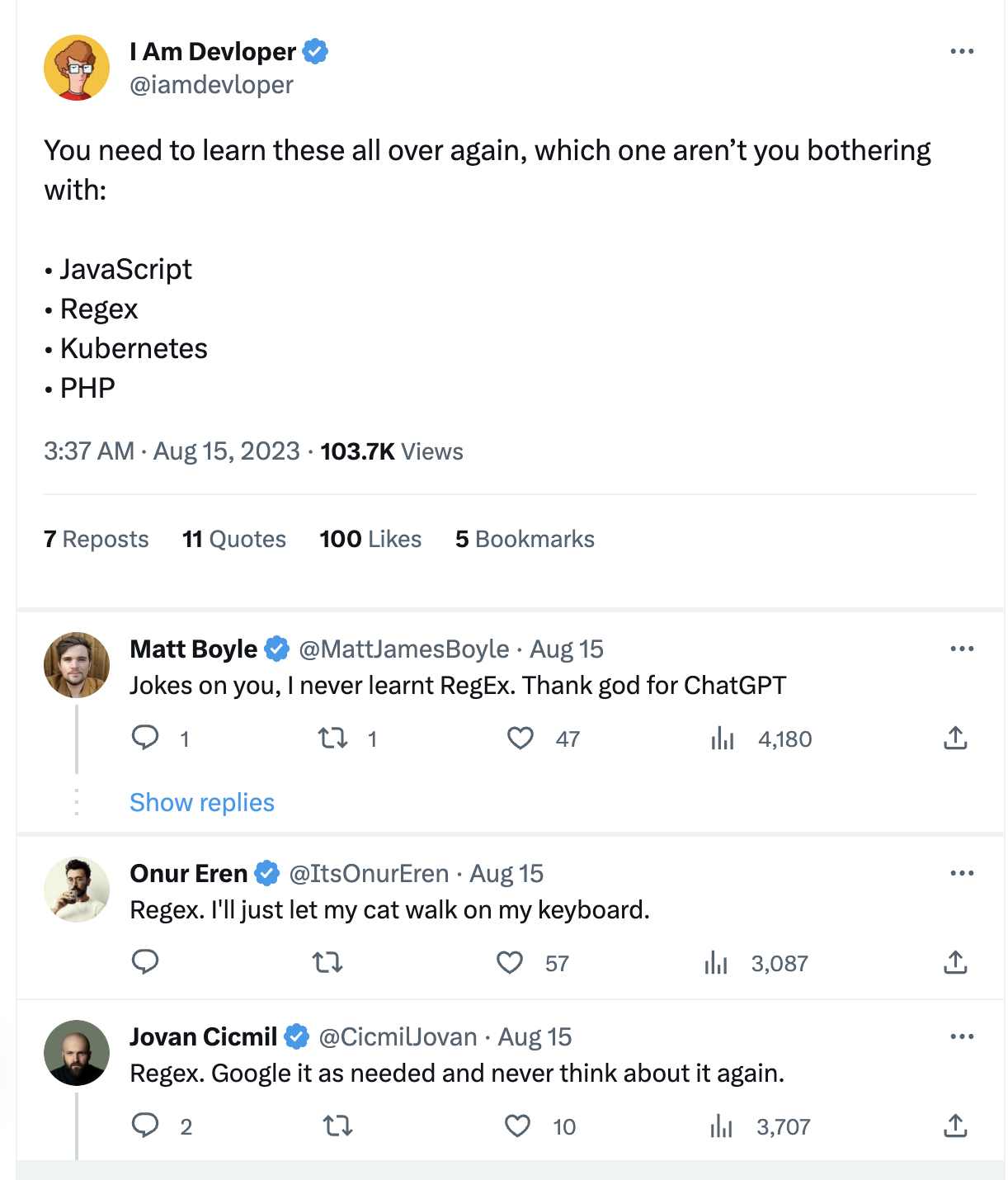This guide explains how I install a clean version of Perl from source on macOS, along with the modules that I use every day.
My philosophy for programming tools is to try to keep things as simple and transparent as possible. I often find that modern package and version managers, while powerful, add layers of complexity I don’t need. I rarely require multiple versions of a programming language on the same machine, and I don’t want to hunt for where my binaries and libraries are located. Instead, I prefer a stable, predictable architecture where I know exactly where to find everything.

